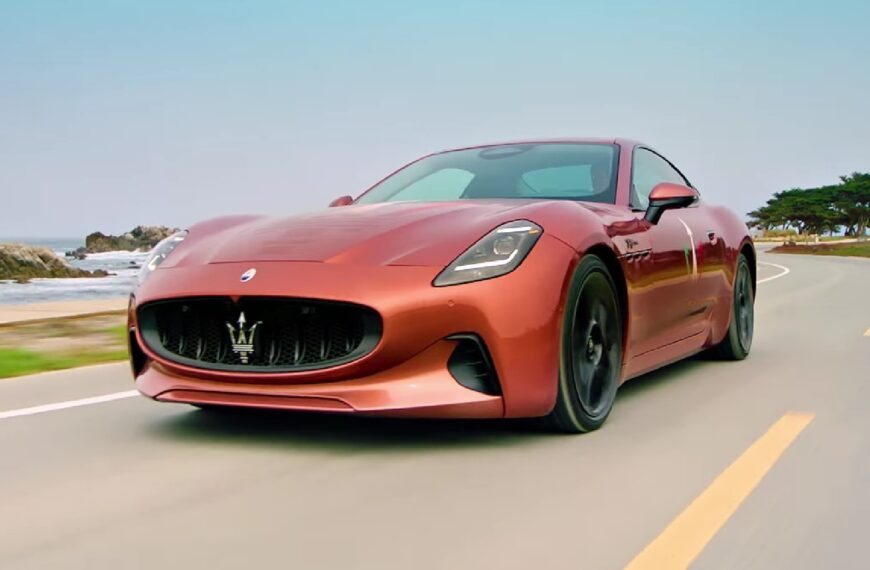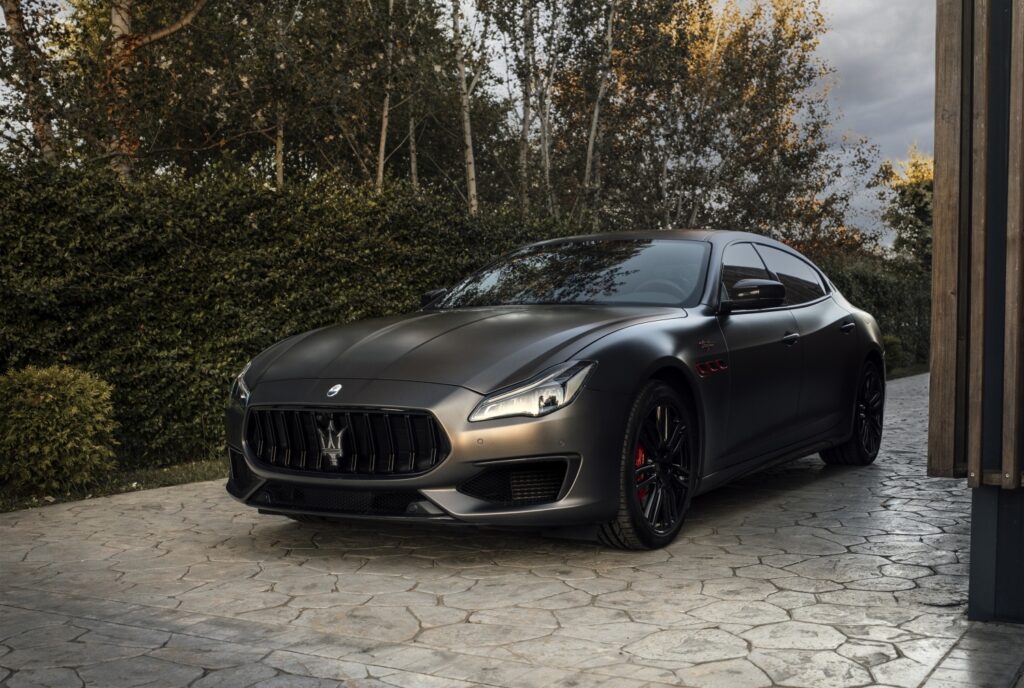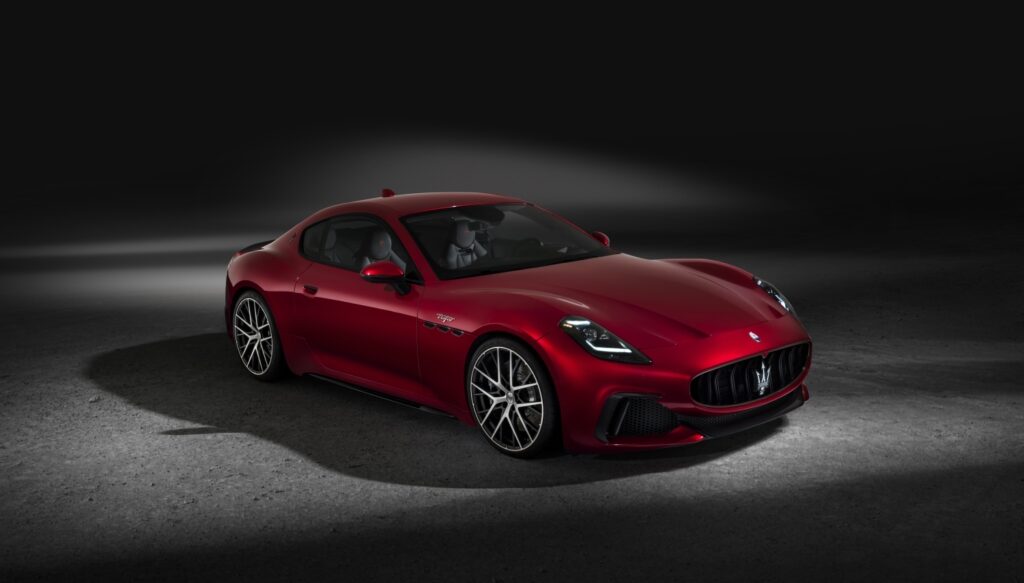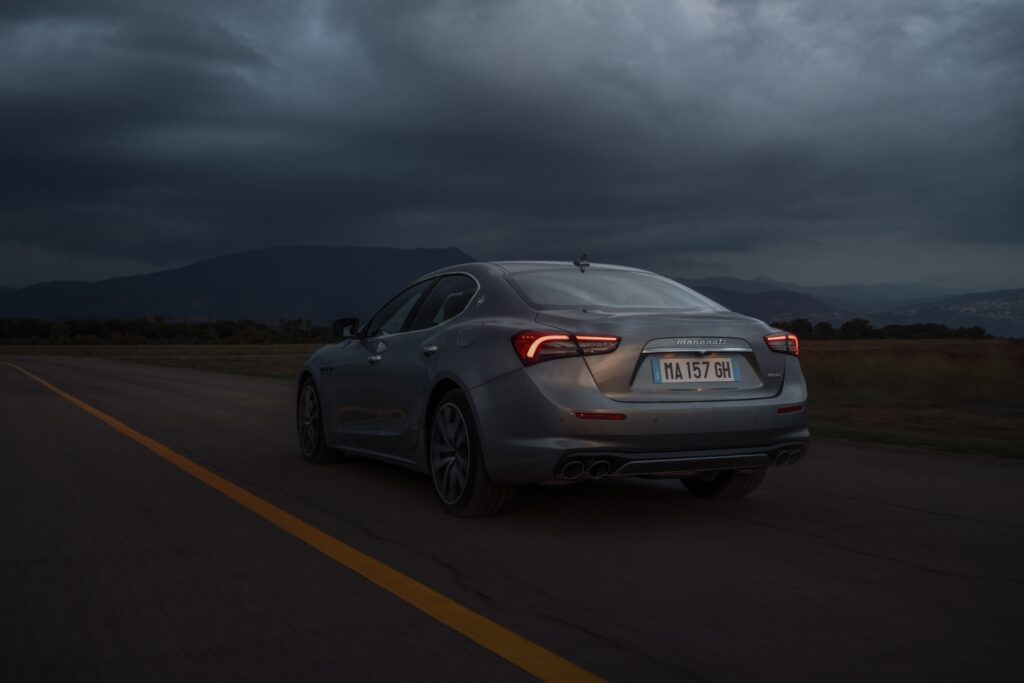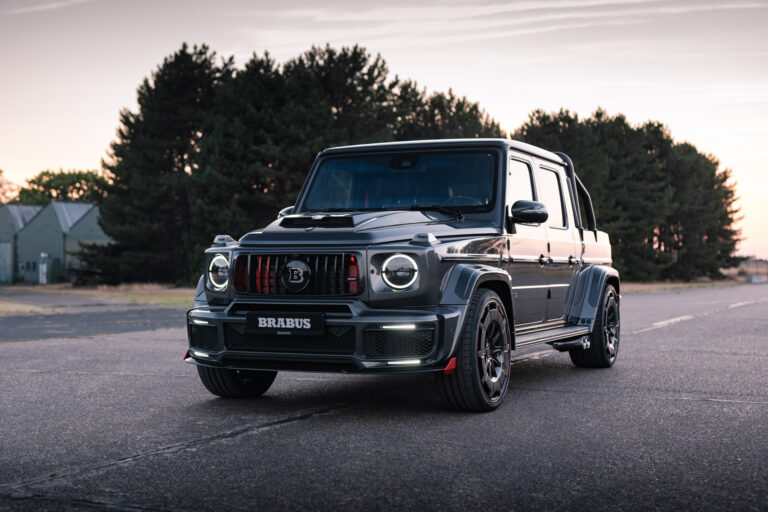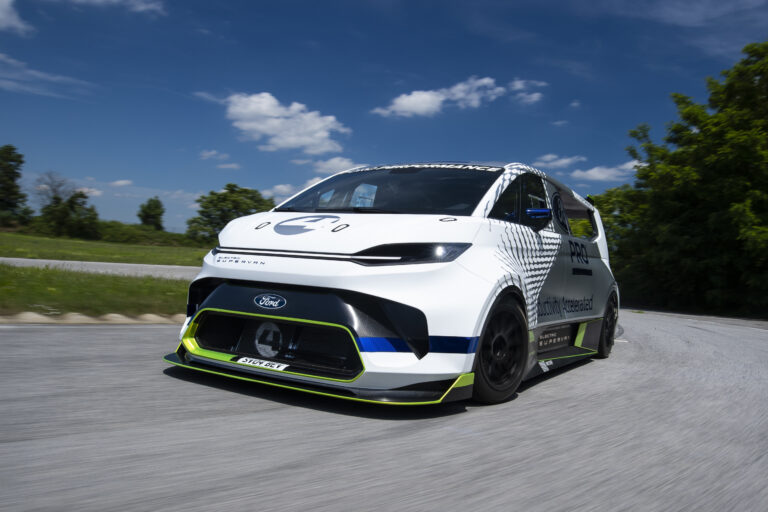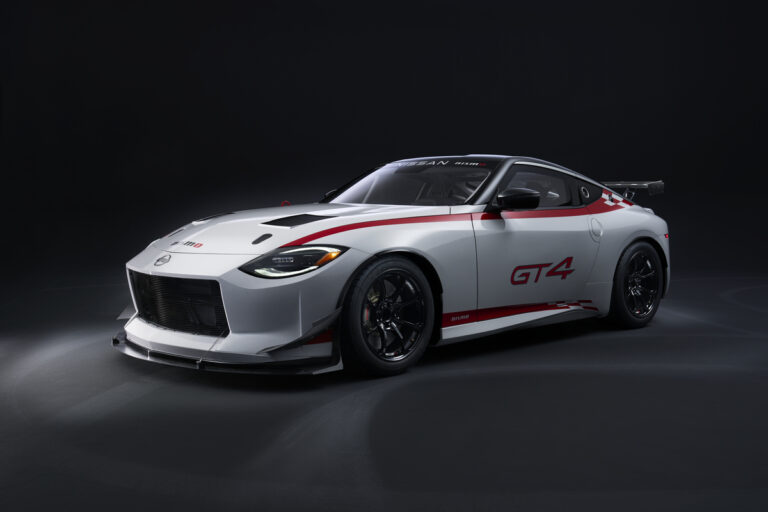The Italian automaker used to be legendary years ago, now they’re chalked up to be an unreliable box of parts
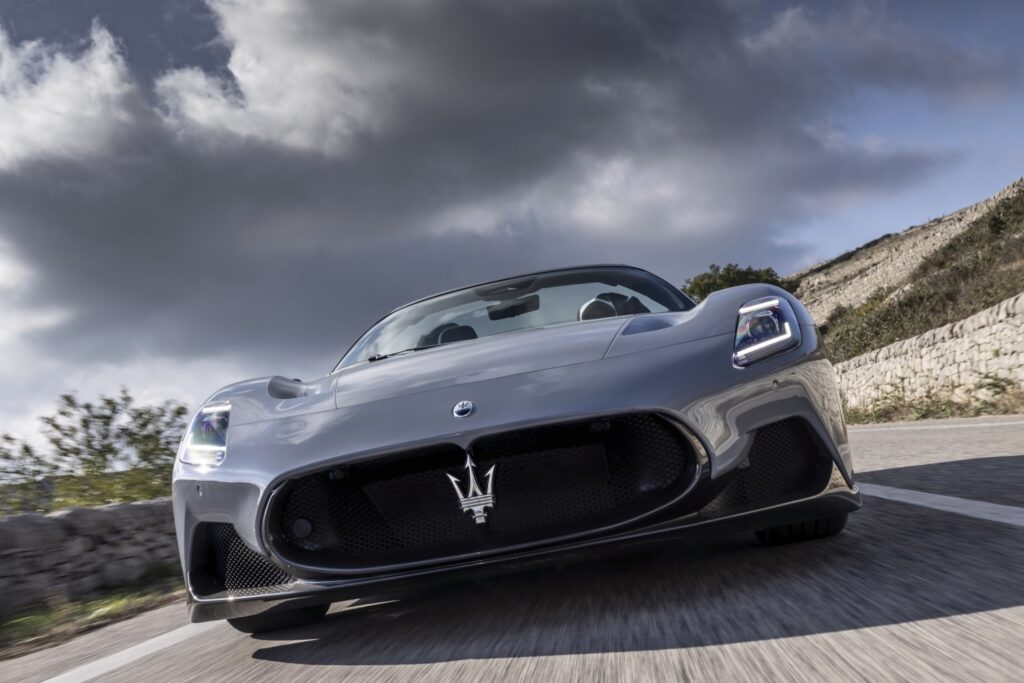
The downfall of Maserati has been a short one. From hero to zero in a meager couple of years. Once regarded as Italian’s finest, the company has stumbled down a treacherous slope of mediocrity and consumer hatred finding itself at the tail end of jokes. Now relegated to nothing more than an outcast to the automotive industry, can it save itself before falling into the abyss?
Glory Days in Black and White
Turn back the yearbook to the 20th century and you’ll find the golden age of the Italian pedigree. With manufacturers like Ferrari, Maserati, and Lamborghini running the bootheel of Europe. Throw it back to vehicles like the Tipo 61 Birdcage and the original A6 1500- Maserati’s first road car. You’ll see a montage of vehicles that emasculate the Da Vincis of the car world. In the running to be classified as works of art rather than a mode of transportation, each automobile that bore the Maserati marque held one of the highest levels of quality one could get short of the Bugatti red oval.
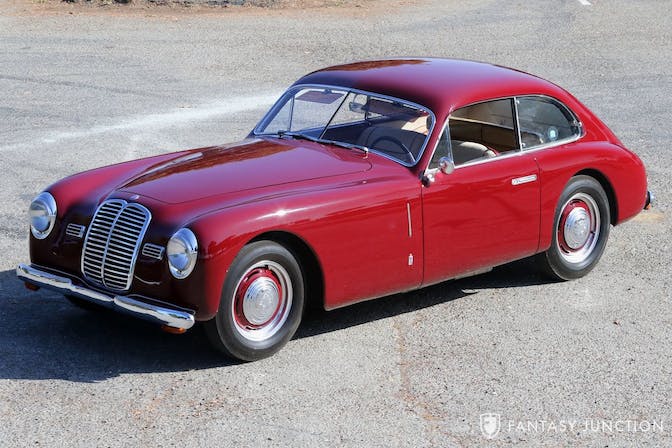
Started by Alfieri Maserati in 1914, the Trident has always represented a sort of synergy between athletic ability and luxury. Emphasis on its sports-car heritage, the automaker has always been closely related with its brother that it ever so seems to look up to, Ferrari. Sharing parts and utilizing the same iconic engines, the partnership seemed to always have a outward look, especially for the arguably inferior company in Maserati.
A Racing Pedigree Seems to Heal All Wounds
First dropping into the racetrack in 1939 the triple spoke brand won the Indianapolis 500 as an outsider in both 1939 and 1940. Achieving such a feat had to not have sat well with us pesky Americans. While the USA moped and fell behind the eight ball on the tarmac, the Italians grew their lead. The trophies didn’t stop pouring in for Maserati however, keeping established European racing titans such as Mercedes and Auto Union on the ropes. Building behind the scenes was a mythical interpretation of Maserati’s success. Now able to play with the big boys, the constructor was seeing sales of road vehicles skyrocket and no longer held the stigma of being the new kid on the block.
The newly found popularity shot Maserati to the tops of people’s minds in droves. Consumers loved the background and context of the vehicles, driving them to legendary status and putting certain vehicles in the metaphorical Mt Rushmore of Italian vehicles.
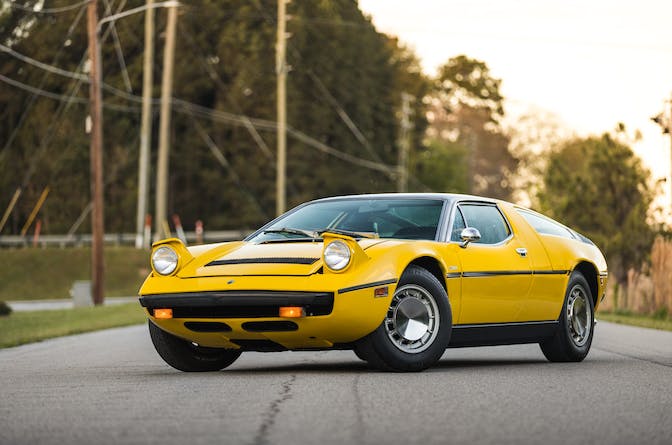
Bred from a culture of winning unleashed several iconic cars. Take the A6 series, Sebring, and the Quattroporte. All 3 maintain their deep roots between the red and white curbs, with Maserati being a top dog in the racing and sports car segment. Later, the fabled MC12 hypercar came to market, becoming a poster child for the brand. Every kid had a poster of the V12 situated in the MC12 above their bed. Circling back to its ties with Ferrari, the MC12 was based off the Ferrari’s own gambit— the Ferrari Enzo.
More Maserati… Hopefully For The Better
Cars like the 3500 GT and the Bora, the first attempt by Maserati at a mid-engine vehicle, were regarded by every automotive pundit at the time to be timeless and simply put— gorgeous. The brand played a pivotal role in defining “Italian design” the wedge shaped, low slung sports car demeanor we hold as the “quintessential sports car” today. Sporting everything from V8’s to V12’s there was a beautifully built Maserati for everybody.
The Beginning of the End
Like Ireland in the late ’60’s, Maserati went through the troubles. The 1973 oil crisis shocked the globe and hit Bologna even harder. Demand for fuel hungry sports cars dwindled to a startling halt, dipping into the manufacturer’s profit and sending them near bankruptcy. Faltering profits meant no room to expand or keep innovating. No margins to create unique sports cars that no one wanted or could afford to keep running. Plus, the detrimental attitude towards sports cars at the time were seen as wasteful, meaning Maserati had to change their attack plan.
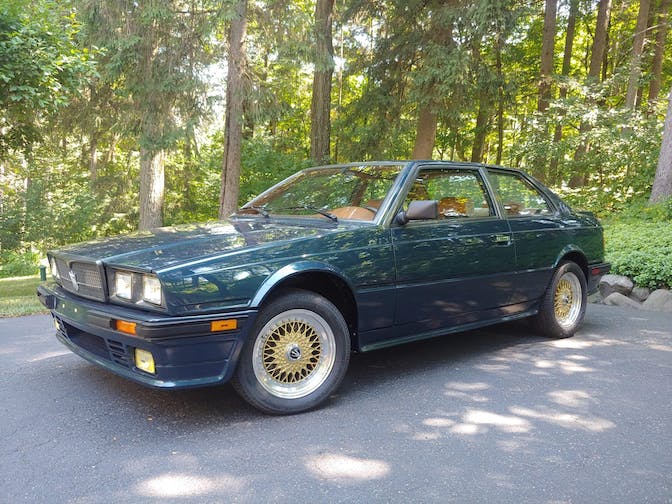
Now relegated to the drawing board, Maserati had to step into the realm of economy cars— something that strayed far from their MO. Thus, came cookie cutter projects like Biturbo: a step backwards from the mid-engine sports car to put all their eggs into a front engined boxy coupe. Who can blame them for the design? Nearly every thing that came out of the ’80’s was shaped like a brick, poor Maserati didn’t know any better.
The Biturbo dropped Maserati’s reputation into a hole it could no longer climb out of. Struggling, the manufacturer continued to make cars that strayed further and further away from their original mission statement… until the end was inevitable.
Not Even Fiat Could Fix This Mess
If you inherited a dumpster fire, it’ll take a miracle to get fix it. As far as we know, Fiat doesn’t exactly work miracles… we’re not even sure it’s in their dictionary. Maserati has been under multiple owners throughout its history, yet none more destructive to the brand than FCA. Bought out in 1993, FCA transformed the marque from being one of the most feared on the racetrack to one that scavenges around the FCA scrap parts bin in order to make ends meet.
Inherently, product quality fell down a slippery slope. Attention to detail was gone as FCA part shared with other FCA products to cut down costs and turn the brand into a profitable one that would give FCA a somewhat decent return on investment. The Quattroporte and the Ghibli both fell behind their time and rivals. Meant to compete on the biggest luxury sports car stage with Mercedes-Benz, Audi, and in some cases even Bentley and Rolls-Royce, Maserati made a fool of themselves.
The Maserati Ghibli didn’t even have a backup camera until US regulations required one in 2017. All Maserati models had various consumer complaints of shoddy reliability including catastrophic engine failures in the Gran Turismo. The Quattroporte contained a overengineered transmission that could and would fail sporadically. Not a good look for the parent company meant to save the harrowed brand.
So here lies Maserati, with introducing a new SUV a couple years ago in the Levante drifts further and further away from the original goal of creating quality sports cars. Now completely embracing its role as a luxury brand, Maserati still refuses to use bespoke parts exclusive to its company. Window switches and turn signal stocks stolen from a Dodge Challenger, a center console from the Chrysler Pacifica, and the infotainment system being the same ol’ UConnect interface that FCA has used for years.
The Revival
While all of Maserati’s present issues continue to haunt them, a comeback might be in the works. The introduction of the new supercar MC20 shows the rebirth of the explosive car spark that has been hidden so deep underneath the woes of a struggling brand. Trying to find its role hasn’t been easy but Maserati doubled down with the all-new GranTurismo Folgore, an all electric performance oriented variant of the GranTurismo sports coupe.
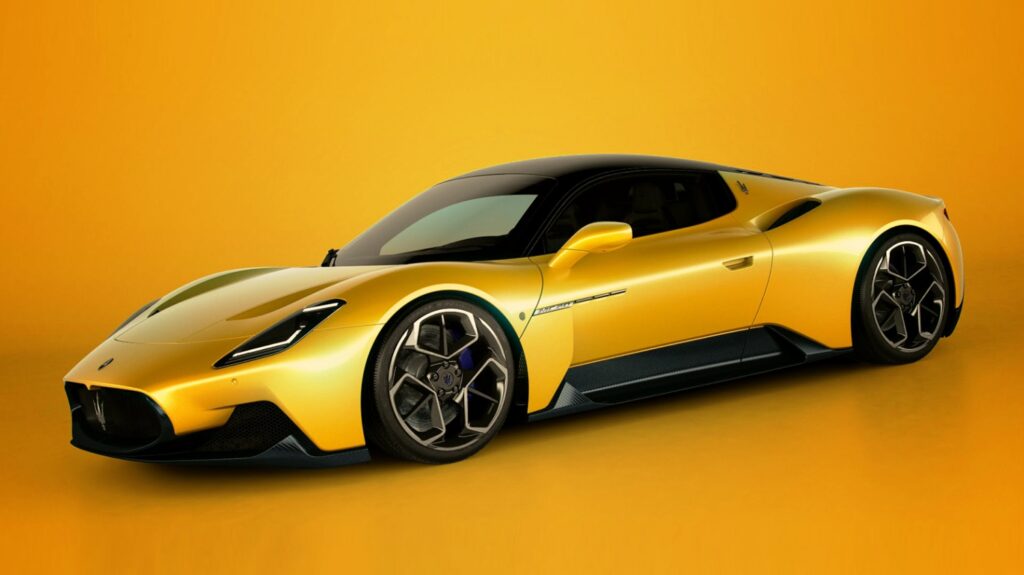
We want as badly as anyone to see the brand make a true revival, creator of some of the most beautiful vehicles known to man, it’s important we see the resurrection of an iconic marque.


